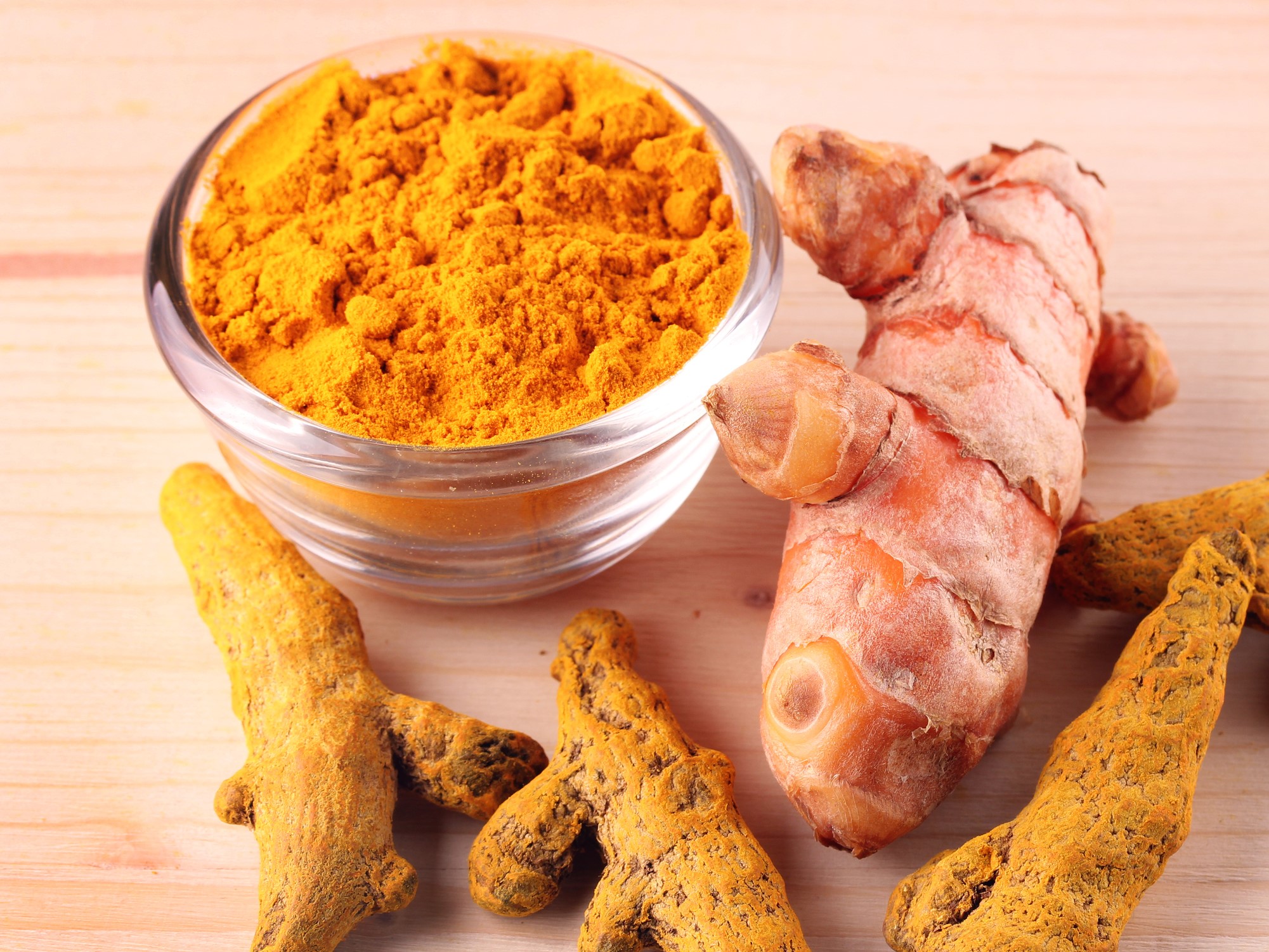Turmeric
Turmeric
The dried root of the Curcuma longa plant of the ginger family, Turmeric is native to the Indian subcontinent and Southeast Asia. Being perennial and rhizomatous, it requires between 20-30 degrees Celsius and a good amount of annual rainfall to grow. The rhizomes are collected every year, either used as-is or boiled, dried, and then powdered into an orange-yellow powder.
History
Native to Asia, Turmeric was initially used as a dye. However, since the discovery of its medicinal properties, it has been used in Ayurvedic, traditional Chinese medicine, and other forms. India has the largest number of species of turmeric, followed by Thailand.
Request Callback
Get in Touch
Specification
| Attribute | Details |
|---|---|
| Product Name | Turmeric |
| Origin | Indian subcontinent and Southeast Asia |
| Family | Zingiberaceae |
| Binomial Name | Curcuma longa |
| Color | Orange-yellow |
| Taste and Smell | Bitter taste with mildly aromatic orange/ginger smell |
Ingredients
| Component | Amount |
|---|---|
| Calories | 29 |
| Fiber | 2.1 g |
| Carbohydrates | 6.31 g |
| Protein | 0.91 g |
| Fats | 0.31 g |
| Vitamins | Vitamin C |
| Minerals | Iron, Potassium, Manganese |
Uses & Benefits
Uses:
- Culinary: Turmeric powder is used as a spice in various dishes across the globe.
- Dye: Its golden-yellow color is used as a natural dye.
- Indicator: Used as a chemical indicator for testing acidity and alkalinity.
- Medicinal: Widely used in Ayurvedic and home remedies.
Benefits:
- Anti-inflammatory medicine
- Pain reliever
- Antioxidant
- Helps in cancer treatment
- Aids digestion
